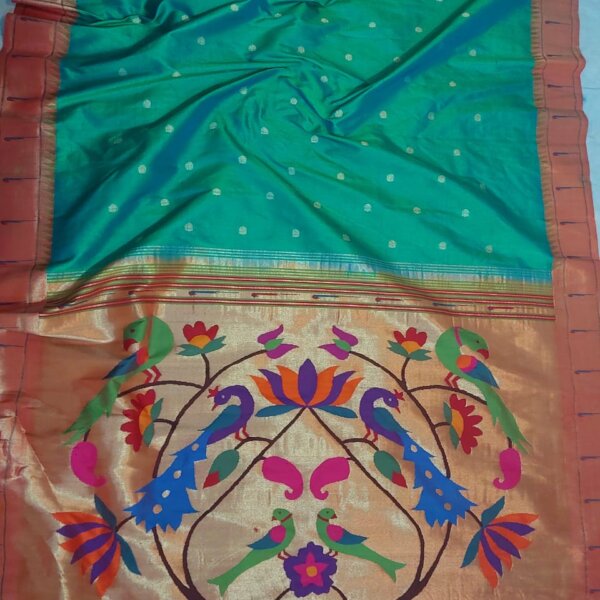Introduction to Wedding Sarees
With the intricate weaving techniques and luxurious fabrics, Banarasi sarees have been a symbol of elegance for centuries. However, the harsh reality is that the traditional art of weaving these sarees is slowly dying out due to the rise of mass-produced alternatives. The authentic craftsmanship that once made Banarasi sarees a treasure is now overshadowed by the demand for cheaper, but inferior, imitations.
History of Wedding Sarees
The history of wedding sarees can be traced back to the Indus Valley Civilization, where women draped themselves in luxurious fabrics like silk and cotton. Over the years, wedding sarees evolved to reflect the cultural heritage and craftsmanship of different regions in India. From the intricate zari work of Benarasi sarees to the vibrant hues of Kanjivaram sarees, each piece tells a story of artistry and tradition.
Significance of Wedding Sarees in Different Cultures
In India, the wedding saree holds immense cultural and emotional significance. It is not just a piece of clothing but a symbol of auspicious beginnings and marital bliss. In South India, brides opt for traditional Kanjivaram sarees in rich colors like red and gold, symbolizing prosperity and fertility. On the other hand, North Indian brides prefer intricate embroidery and embellishments on their wedding sarees, reflecting
grandeur and opulence.
Different Styles of Wedding Sarees
With changing trends and evolving fashion preferences, wedding sarees come in a plethora of styles to suit every bride’s taste. From the classic Banarasi silk saree to the modern fusion saree with contemporary motifs, the options are endless. Young brides are experimenting with unconventional fabrics and designs, adding a touch of personal style to their wedding ensembles.
Popular Fabrics for Wedding Sarees
When it comes to choosing the perfect wedding saree, the fabric plays a crucial role in determining the overall look and feel. Different fabrics exude different vibes, from traditional elegance to modern sophistication. Here are some popular fabrics for wedding sarees:
Silk Wedding Sarees
Silk sarees are a timeless classic, known for their luxurious texture and rich sheen. Whether it’s the traditional Kanjivaram silk or the delicate Mysore silk, these sarees are perfect for a grand wedding celebration. Silk wedding sarees are often adorned with intricate motifs and designs, making them a favorite among brides.
Georgette Wedding Sarees
Georgette sarees are lightweight and versatile, making them an ideal choice for modern brides who want to strike a balance between tradition and contemporary style. With their fluid drape and subtle sheen, georgette sarees are perfect for a daytime wedding or an intimate gathering.
Chiffon Wedding Sarees
Chiffon sarees are synonymous with elegance and grace, making them a popular choice for formal weddings and evening receptions. The lightweight fabric drapes beautifully, accentuating the bride’s silhouette and adding a touch of sophistication to her bridal attire. Chiffon sarees are often embellished with sequins, beads, and embroidery for a touch of glamour.
Conclusion
Choosing the perfect wedding saree is a personal and meaningful decision for every bride. Whether you opt for a traditional silk saree or a modern georgette saree, the key is to pick a fabric and style that resonates with your personality and sense of style. Embrace the rich traditions and cultural heritage of wedding sarees while adding your unique touch to create a bridal look that is truly unforgettable.








